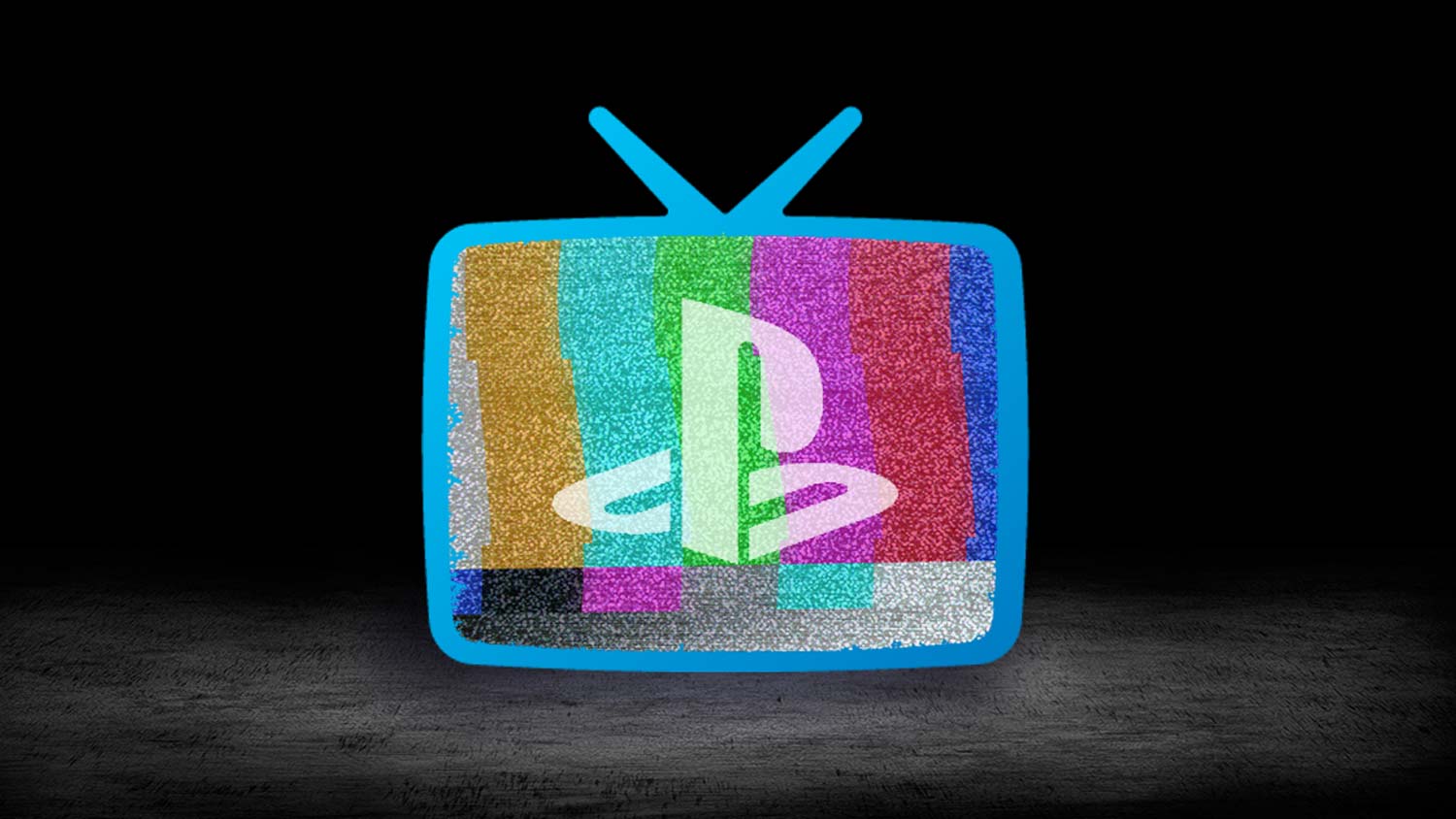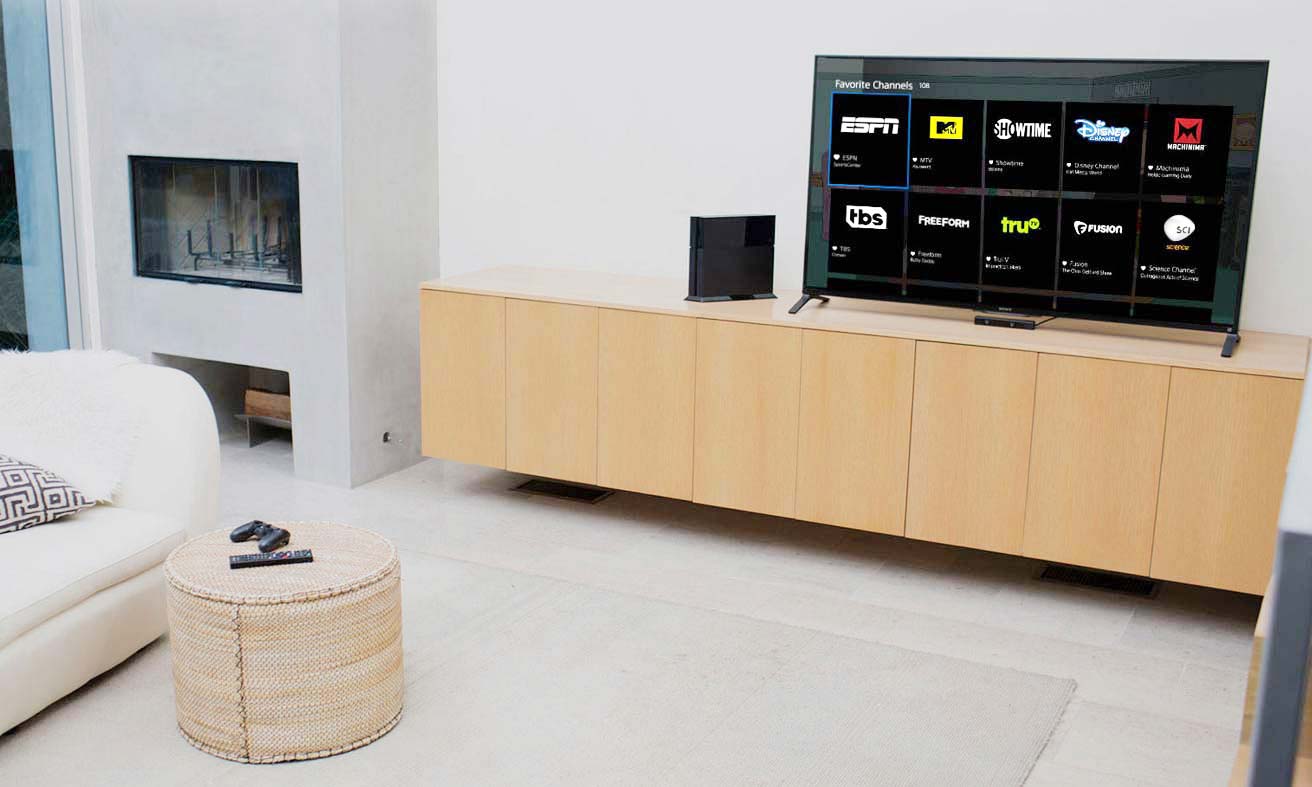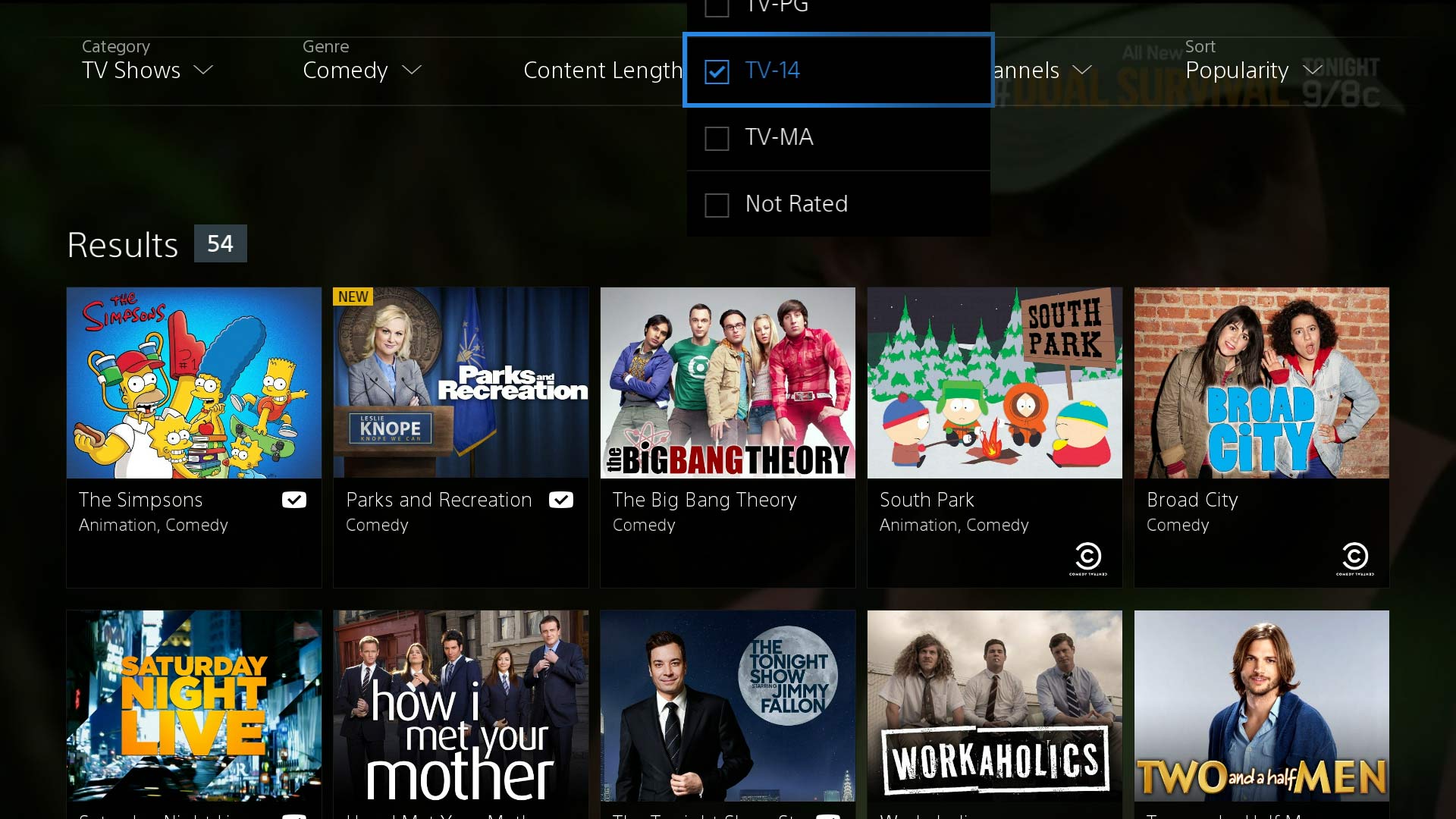PlayStation Vue was the best cable TV replacement — so why did it fail?
Sony's mighty cable replacement service is gone, and it's worth asking ourselves, "Why?"

On Jan. 30, 2020, PlayStation Vue went dark for good. For years, PlayStation Vue was the very best cable replacement service that you could buy, with desirable channels, high-resolution streams, smart DVR options and widespread compatibility.
It really is a shame that most consumers didn't seem to know this.
I've reviewed a lot of cable replacement services in my time, and I've never come across another one like PlayStation Vue. It was more comprehensive than Sling TV; it was easier to use than Hulu with Live TV; it was more customizable than YouTube TV; it was better in every conceivable way than AT&T TV Now. And, like the Microsoft Zune or the Sega Dreamcast, it was simply a little bit too ahead of its time for mainstream adoption.
Years from now, when cable replacement services rule the streaming space and each one is richer in features than the last, I think we'll look back and say, "PlayStation Vue is what made this possible." But for now, Sony's mighty service is gone, and it's worth asking ourselves, "Why?"
What was so great about PlayStation Vue, anyway?
On its surface, PlayStation Vue was pretty similar to other cable replacement services. You paid a monthly fee, no contract required, in exchange for a bunch of basic cable channels streamed over the Internet. It had DVR features, on-demand content, a comprehensive channel guide and so forth. You know the drill.
What you might not know, though, is just how unusual these features were when PS Vue debuted. Remember: When PlayStation Vue launched in March 2015, its only major competitor was Sling TV. As the two services evolved, PS Vue was always the first to get hot new features, leaving Sling to play catch-up. Here are a few things that PlayStation Vue introduced:
- DVR features: Who's got time to watch TV on some network executive's schedule? Nobody, that's who. But back when cable replacements first started to spring up, you could watch shows live, access sporadic on-demand content, or rig up a complicated third-party workaround to record shows. PS Vue was the first to introduce DVR features, which are now standard in every similar service.
- Tiered subscriptions: Not everyone wants the same channels. While Sling's solution of offering one base plan with lots of little add-ons was ingenious, it also had the potential to get very pricey, very fast. PS Vue's approach was a little more sensible, offering everything from cheap Core plans (which started around $35 per month), all the way up to all-inclusive Ultra plans (which could go for $80 per month, or more).
- User profiles: It's bizarre that many cable replacement services still don't offer individual user profiles, but here we are. PS Vue was the first service to let you personalize a channel list, DVR library and roster of favorite shows, and let everyone else in your household do the same.
- Channel guide: While channel guides on cable TV have been a thing for decades, cable replacement services didn't used to have them. You'd have to scroll with painstaking care through one channel at a time, and these channels didn't always load all that quickly. PS Vue introduced the easy-to-scan guide, which would tell you what was on now, as well as what would be on in the near future, for a dozen or so channels at a time.
- Local channels: Sling TV still struggles to offer local channels, relying instead on HD antenna workarounds. Sony incorporated local ABC, CBS, Fox and NBC affiliates right from the start. Availability wasn't perfect, depending on your region, but it was another cable-replacement first.
But, as tech history has demonstrated again and again, innovative features alone won't save a doomed product. PlayStation Vue also suffered setbacks right from the get-go, and Sony never addressed them sufficiently.

What killed PlayStation Vue?
Sony has been tight-lipped about the exact reasons PS Vue had to die. I contacted the company through the PR firm that represents PS Vue and got radio silence in response. This is probably due to the fact that the Vue division is likely mopping up and turning off lights at this point, but still, Sony wasn't all that eager to talk about the issue, even when it first announced Vue's discontinuation.
Since Sony didn't share hard data about Vue's revenue or subscribers, all we have to work with are secondary sources. But based on my own observations from a half-decade of covering streaming media, here are the most likely culprits.
- The name: When I advised my mom to cut the cord, I told her that PlayStation Vue was the best option. "No thanks," she replied. "I don't want to buy a PlayStation." This scenario must have repeated thousands upon thousands of times — and not every cord cutter has a tech journalist in the family. PS Vue's name probably fooled many people into thinking that it was a PlayStation-only service, even though it was available on other platforms.
- Inconsistent apps: While PS Vue was compatible with just about everything, from tablets, to streaming players, to smart TVs, the PS4 app was always far and away the best. (Even the PS3 app had some issues.) PS Vue apps on other platforms often lagged, crashed, or simply wouldn't let users log in due to locational issues. Viewers who didn't own a PS4 probably felt like second-class citizens.
- Pricing: I think that PS Vue's pricing was very fair. However, that doesn't mean that the service was cheap. Over time, PS Vue's subscription costs crept upward, to the point where the cheapest option cost $50 per month. That's an awful lot, considering that some cable replacements started at half that price. By the time you got to the $85-per-month upper tier, you might just as well have gone for a traditional cable package.
- Lost channels: PS Vue added new channels over time, but it lost a ton of content as well. Viacom and Sinclair both left in 2018, leaving PS Vue without BET, Comedy Central, Nickelodeon and a whole host of local channels. This might have been tolerable if Sony compensated users with a whole suite of new channels or a price break, but channels continued to trickle in while prices went up. It wasn't a good proposition for customers.

There's no denying that Sony made a few mistakes along the way with PlayStation Vue, and I believe that addressing them sooner might have saved the service. But I also believe that PS Vue was downright visionary, as far as cable replacements go, and the responsibility for this one ultimately lies with consumers.
If viewers had done a little more research and been a little more patient with PS Vue, it could have been a much bigger service, and that would have given it more resources, allowing it to solve its problems faster. But, like a lot of great innovations in tech, the market just wasn't ready for what it had to offer.
If Sony ever throws its hat in the live-streaming ring again, I hope that people give it a fair chance and see what it has to offer. And if not, at least we'll always have Crackle.
Sign up to get the BEST of Tom's Guide direct to your inbox.
Get instant access to breaking news, the hottest reviews, great deals and helpful tips.
Marshall Honorof is a senior editor for Tom's Guide, overseeing the site's coverage of gaming hardware and software. He comes from a science writing background, having studied paleomammalogy, biological anthropology, and the history of science and technology. After hours, you can find him practicing taekwondo or doing deep dives on classic sci-fi.

